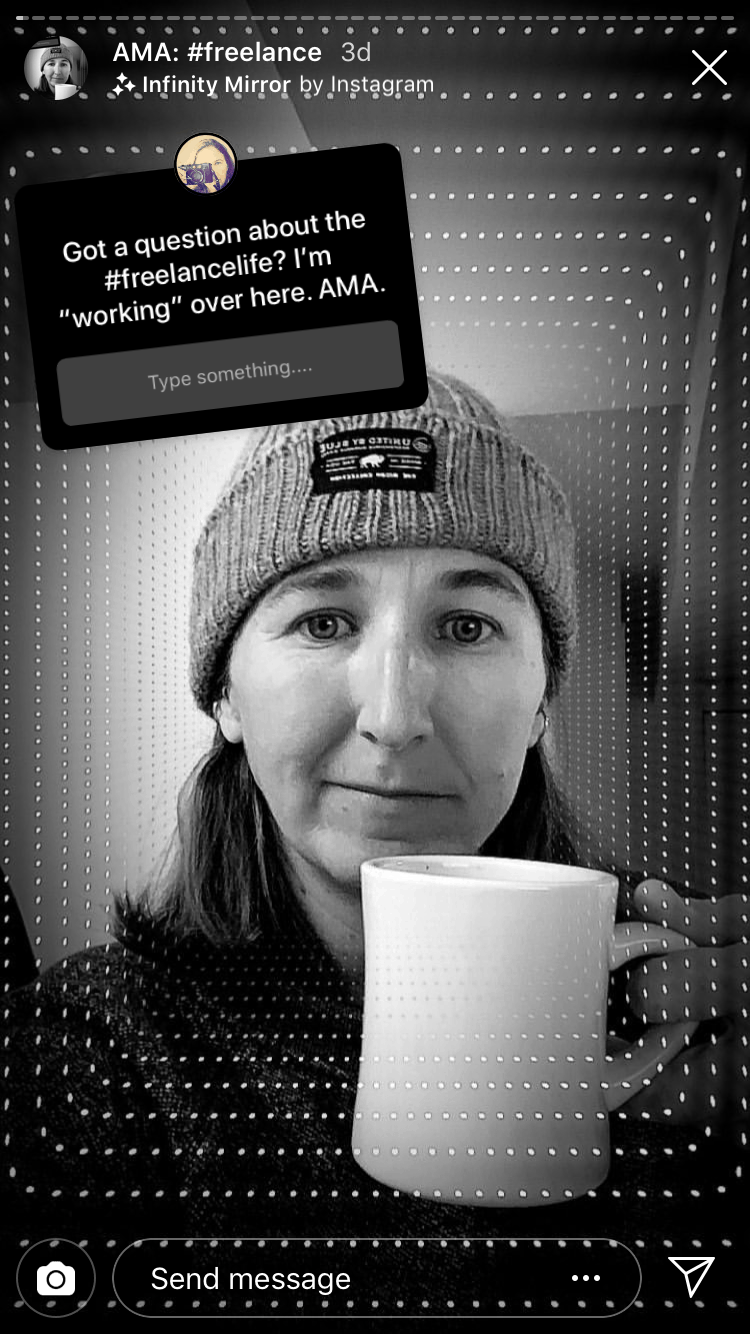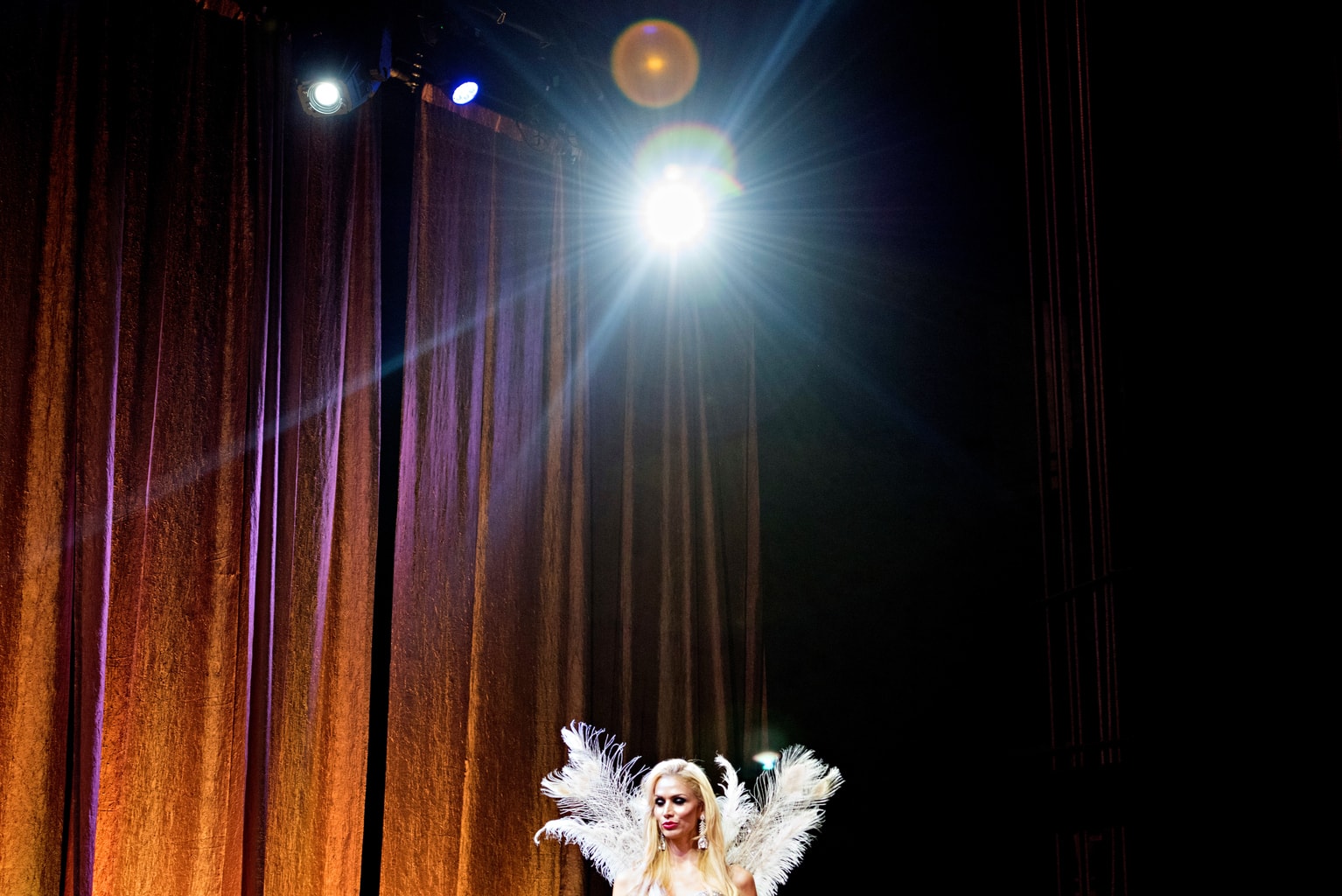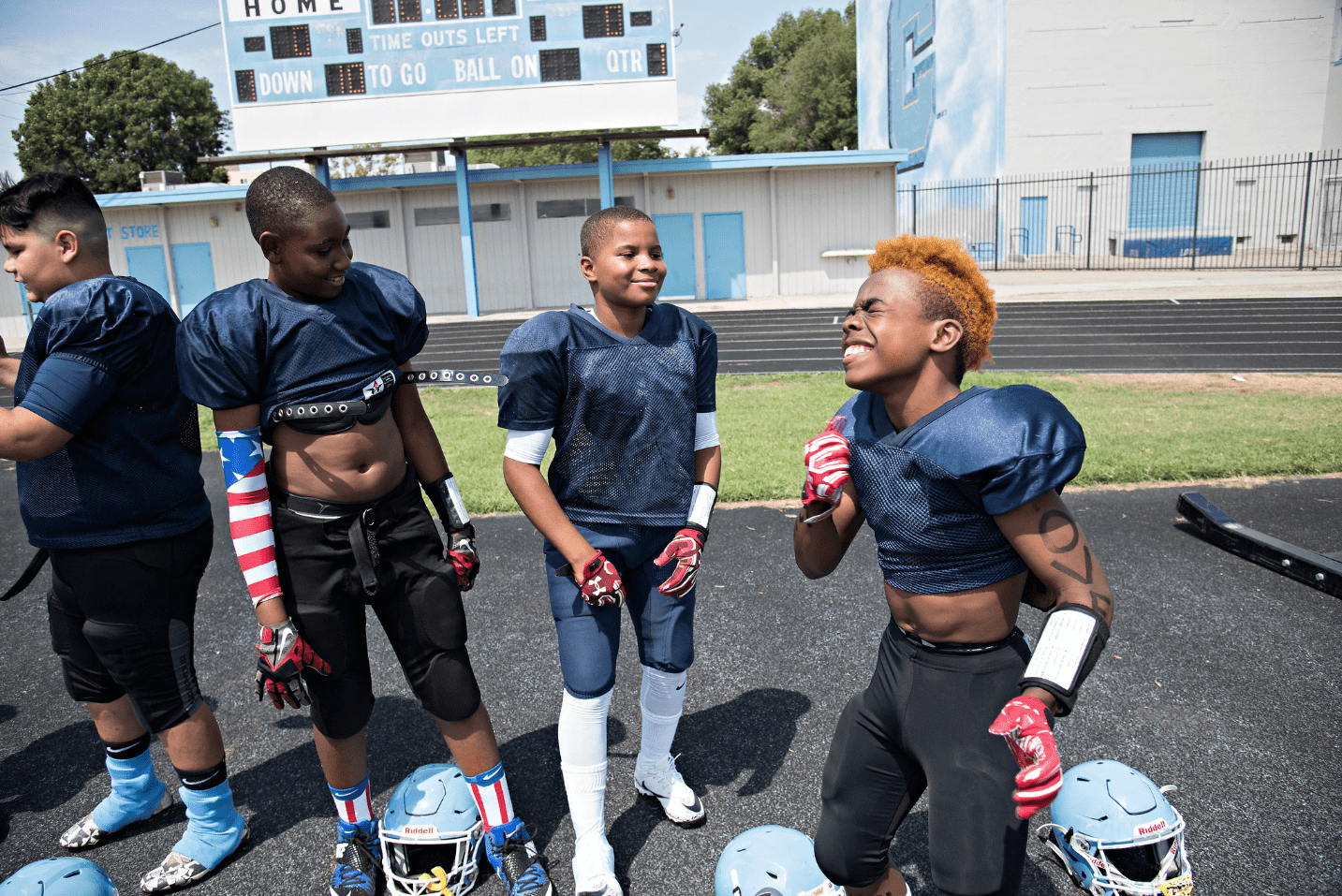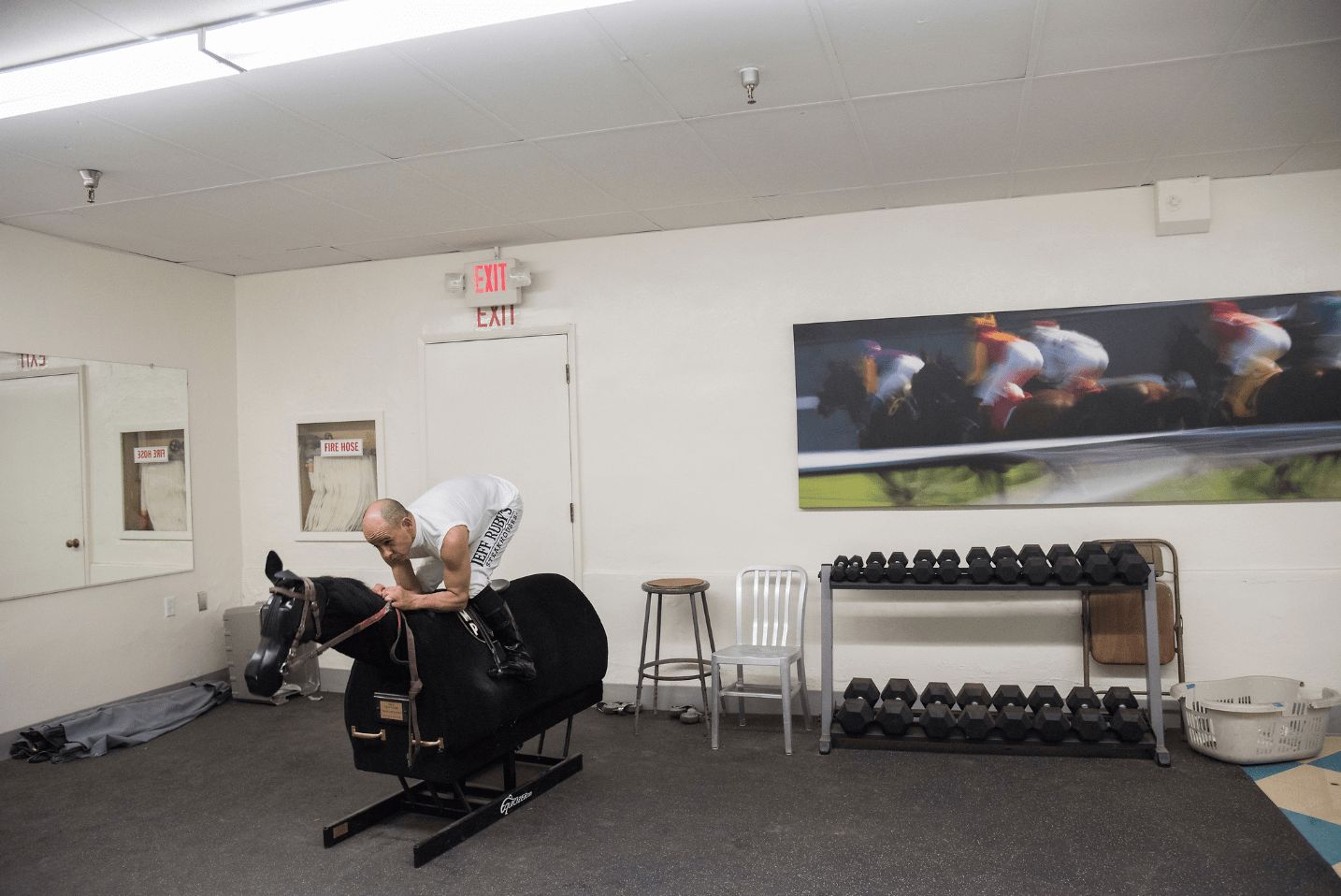Share
#Freelancelife AMA with Melissa Lyttle
We often talk about the impact of social media on the photography industry. One thing less discussed, though, is how photographers can harness thei...

We often talk about the impact of social media on the photography industry. One thing less discussed, though, is how photographers can harness their own social media influence to help their peers. Enter Melissa Lyttle.
Lyttle is a freelance photographer specializing in documentary photography who recently made a move from LA to DC. Earlier this month she caught our attention when she hosted a #freelancelife AMA (ask me anything) on her Instagram Stories. No question seemed too granular, and the advice provided was for everyone from young photographers to more established photographers wanting to make the switch to a fully freelance lifestyle. She talked contracts, pitching to photo editors, how to avoid burnout, and more.
“I hope to make it a regular, maybe monthly, feature on there. Because it was really fun interacting and remembering that social media can be used for good,” Lyttle told me.
Check out the highlights below.

On the #1 thing she wishes she’d known before going freelance —
Honestly, how rewarding it is. And how much fun it can be…
For years my identity (and my self worth) was tied to my job. I was a newspaper photojournalist – and a damn good one at that. And when I left the paper, it took a few months to figure out who I was and what I wanted to do and say with my photography.
And I couldn’t be happier. Freelancing has opened up whole new worlds to me.
Advice for students about the business/licensing/scary things to learn?
If you’re still in school get a minor in business or entrepreneurship or at least take some classes in the business school.
If you’re not, read John Harrington’s Best Business Practices for Photographers now and realize there are no stupid questions except the ones you didn’t ask. So find photographers you can talk to regarding contracts and rates. Join ASMP.
(Later on, Lyttle also recommended Jim Lo Scalzo’s Evidence of My Existence, The Photographers Playbook, and Lyndsey Addario’s It’s What I Do.)

How do you find your freelance gigs?
Hustle. Seriously, you’ve got to act like freelancing is a full-time job.
Even when you’re not working on an assignment you need to be working for your business in some way or another. Marketing. Social media. Researching ideas to pitch to publications. Shooting a personal project to turn into a promo. And on and on. It never stops.
Any tips for pitching?
There’s no formula. But timeliness helps. So does a well-researched idea. A proven track record. And pre-existing relationships with editors who know and trust you and your work.
Sadly, sometimes it’s easier to pitch a finished project or a work in progress than just the idea of one. So that means taking a chance on yourself if you’re passionate enough about it and your wallet allows it. That’s where grants and fellowships really come in handy for us freelancers these days.
Recommendations for photographers that came to photojournalism and editorial work from the commercial world?
Study up on ethics. In fact, read the NPPA Code of Ethics and consider joining.
In the photojournalism world you can’t change, alter, or affect the scene unless it’s very obviously a portrait or illustration. This includes little things: you can’t move a Coke can to clean up a scene or take it out in post afterwards. People have been fired for that.
Otherwise, it’s all about moments, light, composition, and mood.

A client approaches you with something and low balls the budget… what’s the best way to reap?
Tough call. If you really want to work with them, your best bet is trying to educate them on why you’re asking for more and what a reasonable rate is. Be willing to negotiate a little.
You can also always negotiate down the usage/licensing. So maybe they get it for 1 year instead of 5, or maybe limit them to one-time use, or web-only (nothing in print).
What’s the best way to reach national editors and let them know you exist/ say hi?
I’m old school. I prefer sending snail mail like postcards. And meeting in person when I happen to be in their town.
But email works too. A simple hello or a well crafted newsletter is an easy and non-committal way of getting on an editor’s radar and just letting them know you’re out there. Maybe they don’t have someone in your town or region yet.

How do you stay positive when you feel like you’ve hit a dead end creatively and professionally?
I don’t think I’ve ever hit a true dead end but I’ve definitely felt burnout and fatigue like everyone else and it sucks.
I find that sometimes it helps to remind myself that it’s just photography. It’s not rocket science. It also helps to leave the “real” cameras at home and just shoot on my iPhone or with an old film camera or something that frees up your brain, that makes it fun again, and less like work.
Creatively? I read a lot and find inspiration there. I make postcards (not of the promo kind, but a very analog, collage kinda thing which lets me create in a different way, they’re fun and it’s fun to send snail mail.
Professionally? Mix it up. Try something new. Expand your skill set. Do something different. And PLEASE don’t stay in a job that’s killing your spirit and crushing your soul. Life’s way too short for that.
Otherwise, find friends outside of the business that keep you grounded and don’t talk about work.

Tips for photo editors on how to best interact with/respect/value their freelancers –
1) Please make sure we get paid on time. Most of us really depend on net-30 and often float expenses on credit cards for clients.
2) Please respect our time. This means giving reasonable notice for deadlines and not asking for selects at the last minute when you’ve had images for weeks, understanding that we’d like to have “office hours” too, paying kill fees and for pre-production time, meetings, research, conference calls.
3) Understanding limitations, setting reasonable expectations and having clear communication (heck any communication at all sometimes would be great).
4) Be good moral support, especially in situations that are heavy, emotionally taxing, and where personal safety may be an issue.
5) And last, but certainly not least, you can value your freelancers by giving us good, fair contracts to sign (and work within your orgs to rewrite lousy ones).
Do away with work for hire clauses, ridiculous rights grabs, and buyouts you are unwilling to pay for. And setting the bar higher for the rates you offer will ideally help set the standard in the industry. Be a force for good!
And from another freelancer — “Also sometimes you bust your ass on a shoot, go above and beyond, and work crazy hours to get them photos back quickly and don’t get more than a “got ‘em thanks” email. Even just a small “these look great!” helps calm our insecurity brains.
Here’s the full Instastory:
You can find more of Melissa Lyttle’s work on her website and follow along her on her Instagram, as she plans to do more AMAs.



